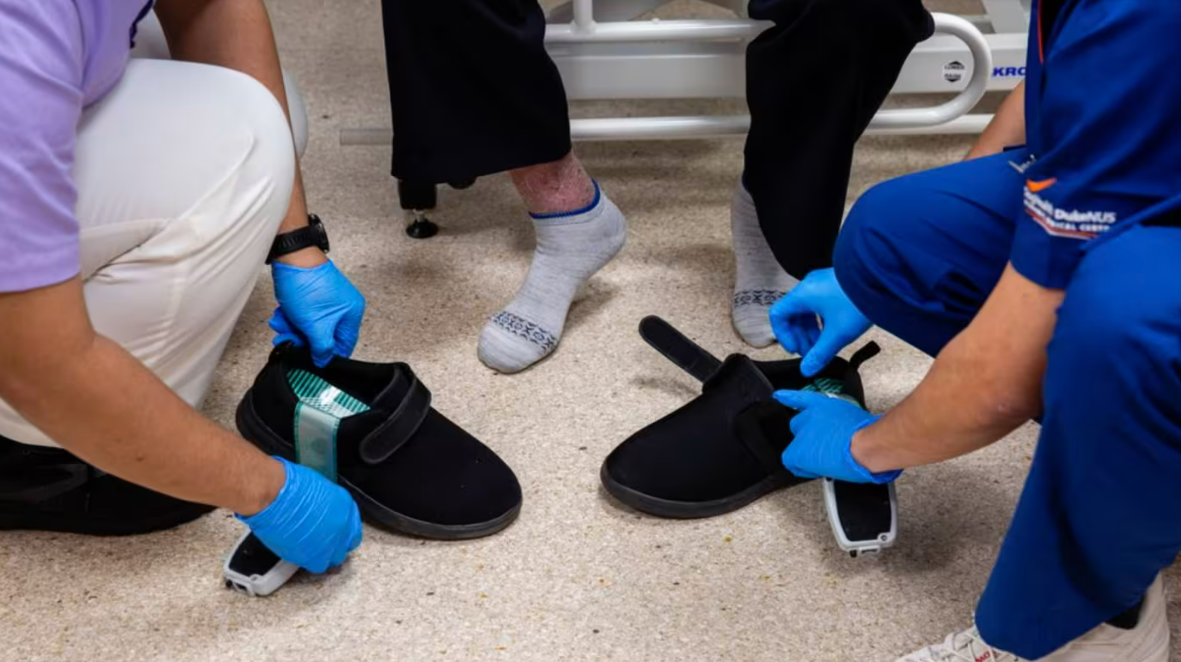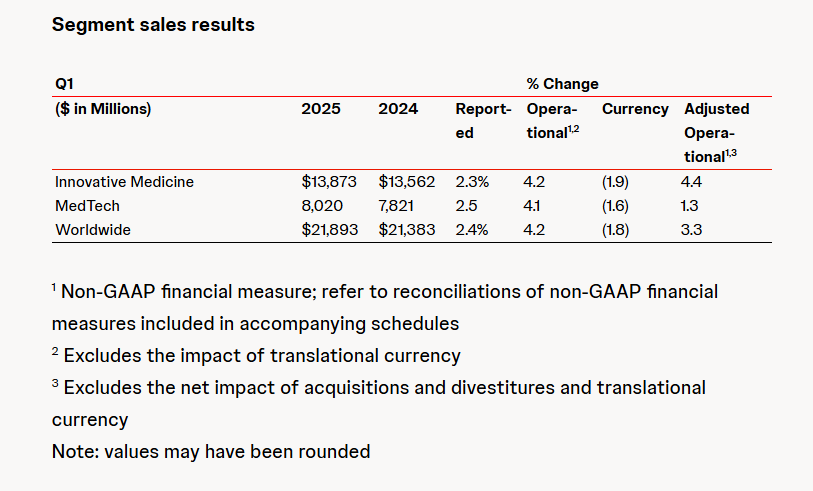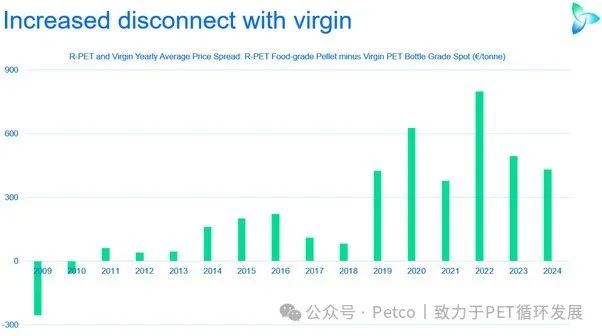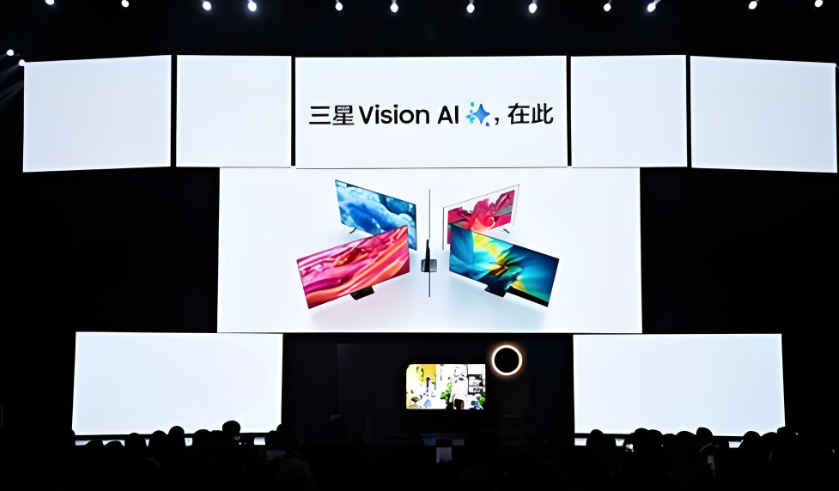Singapore sengkang general hospital crafts custom orthotic insoles for diabetic patients using 3d printed tpu material
The podiatry team at Sengkang General Hospital in Singapore is pioneering an innovative approach to diabetic foot care. Currently, the team is producing custom 3D-printed orthotic insoles in-house. These insoles are made of thermoplastic polyurethane.TPUThe new insoles, made through 3D printing, show preliminary results indicating that compared to traditional insoles (with a 23% reduction in peak pressure and a 40% improvement in pressure distribution), the new insoles can reduce peak pressure by up to 28.5% and achieve a pressure distribution improvement rate of 52.7%.
Singapore does not produce standard pressure-reducing EVA foam insoles locally and needs to source them from overseas. Patients must wait two months from placing an order to receiving the product, and if adjustments are needed, it takes even longer. However, 3D printing technology can provide patients with precisely customized insoles in just one week.

The team pointed out that there are currently over 400,000 diabetes patients in Singapore, and if the current trend continues, the number of patients could exceed one million by 2050. As many as one-quarter of diabetes patients may develop foot ulcers, and over 80% of lower limb amputation surgeries are caused by these ulcers. Customized pressure-reducing insoles are crucial for preventing new ulcers and promoting wound healing, especially for patients with diabetic neuropathy.
First, the doctor creates a foam mold of the patient's foot and performs a digital scan. Based on the scanning data, insoles with different densities and precise shape adjustments are designed for different areas of the foot. The digital workflow allows for quick modifications to the design plan at any time.
The podiatry treatment team at Sengkang General Hospital collaborated with the orthopedic and plastic surgery teams at the hospital and the 3D printing center at Singapore General Hospital to develop this product. Through detailed biomechanical examinations and pressure distribution analysis, a comprehensive assessment is conducted to create a precise digital model tailored to each patient's foot structure and pressure points.
Orthopedic doctor Dickson Chau stated, "The advances in 3D printing technology have opened up new possibilities for patient care. After extensive testing of different materials and printing parameters, as well as valuable exchanges of experience with the 3D printing center at Singapore General Hospital, we have established a production process that ensures stable and reliable quality of insoles. This self-production capability allows us to quickly optimize products based on patient feedback, which is crucial for achieving the best therapeutic effects."
【Copyright and Disclaimer】The above information is collected and organized by PlastMatch. The copyright belongs to the original author. This article is reprinted for the purpose of providing more information, and it does not imply that PlastMatch endorses the views expressed in the article or guarantees its accuracy. If there are any errors in the source attribution or if your legitimate rights have been infringed, please contact us, and we will promptly correct or remove the content. If other media, websites, or individuals use the aforementioned content, they must clearly indicate the original source and origin of the work and assume legal responsibility on their own.
Most Popular
-

Abbott and Johnson & Johnson: Global Medical Device Giants' Robust Performance and Strategies Amid Tariff Pressures
-

Overseas Highlights: PPG Establishes New Aerospace Coatings Plant in the US, Yizumi Turkey Company Officially Opens! Pepsi Adjusts Plastic Packaging Goals
-

BYD releases 2024 ESG report: Paid taxes of 51 billion yuan, higher than its net profit for the year.
-

The price difference between recycled and virgin PET has led brands to be cautious in their procurement, even settling for the minimum requirements.
-

Which brand of AI TV is good? Samsung Vision AI interprets the new industry standard with its "technical advantage."



